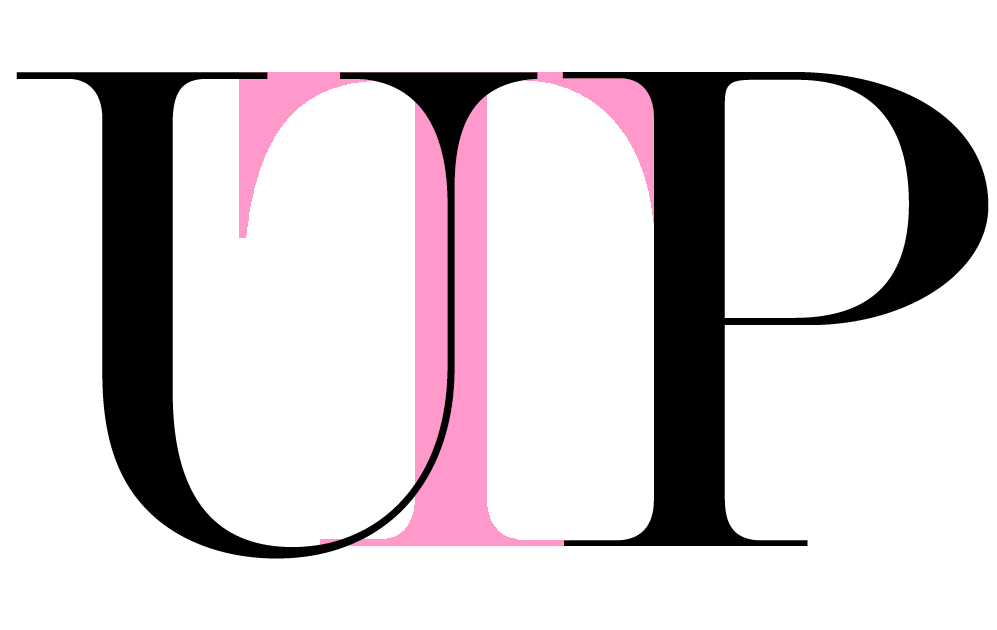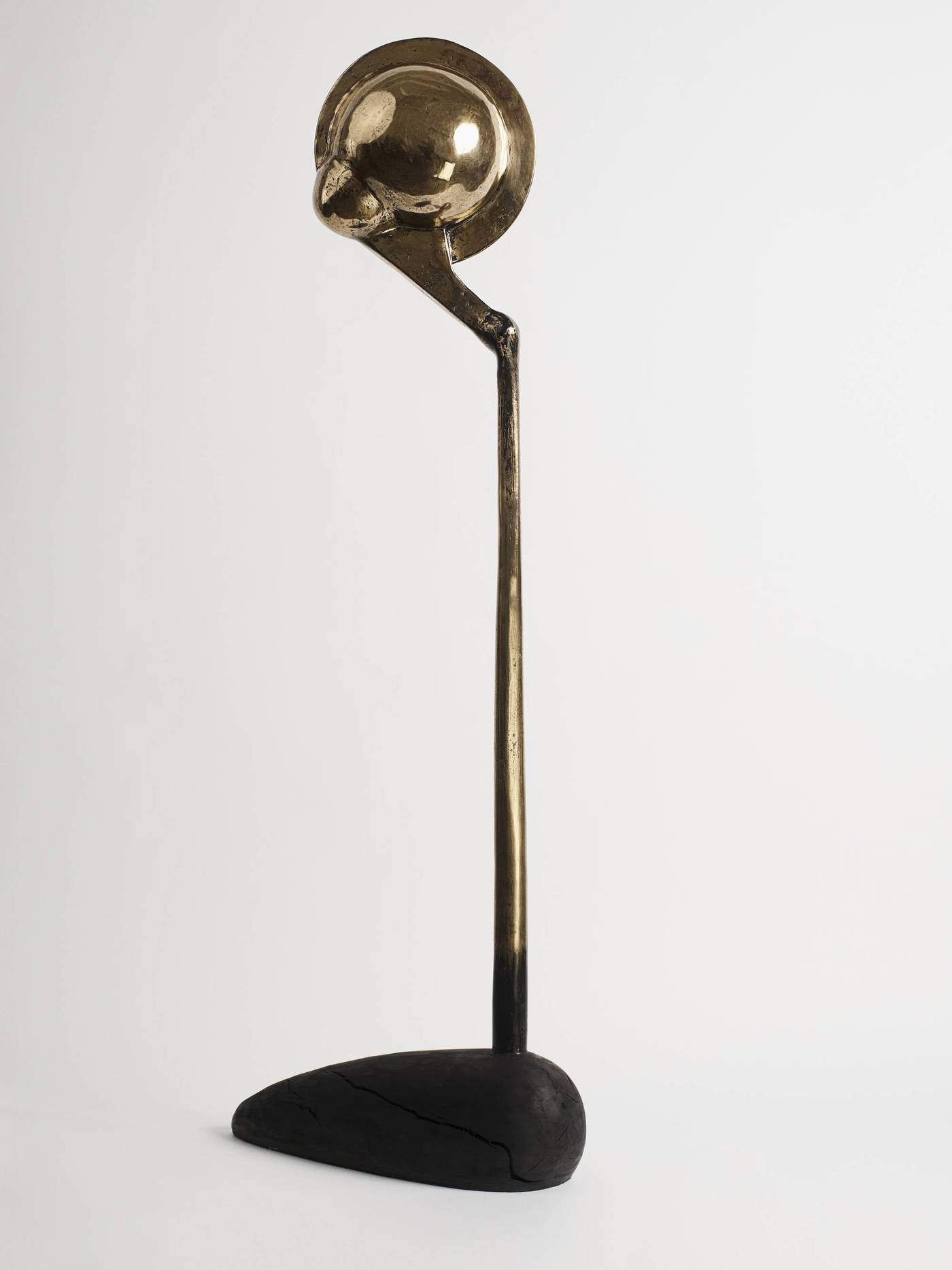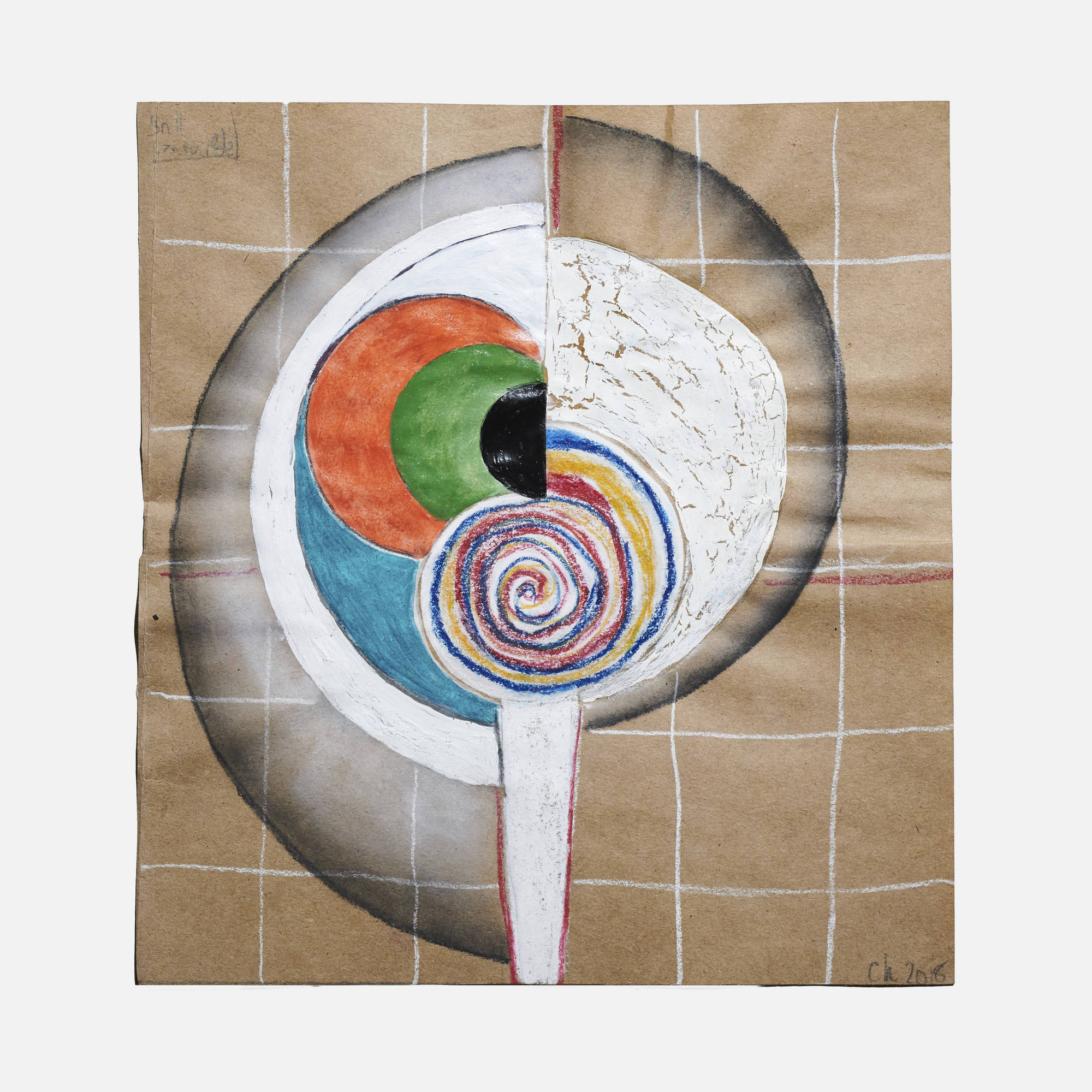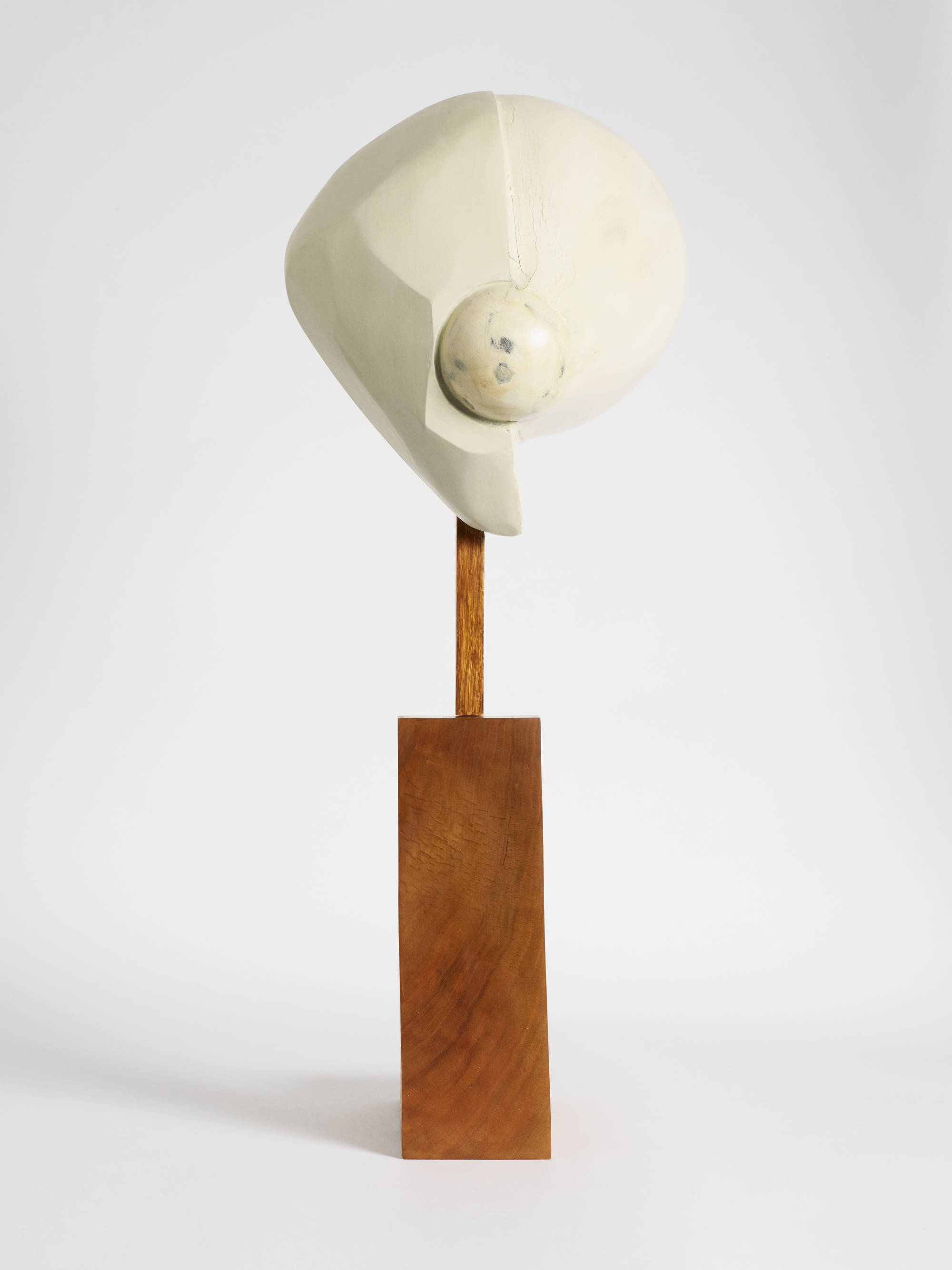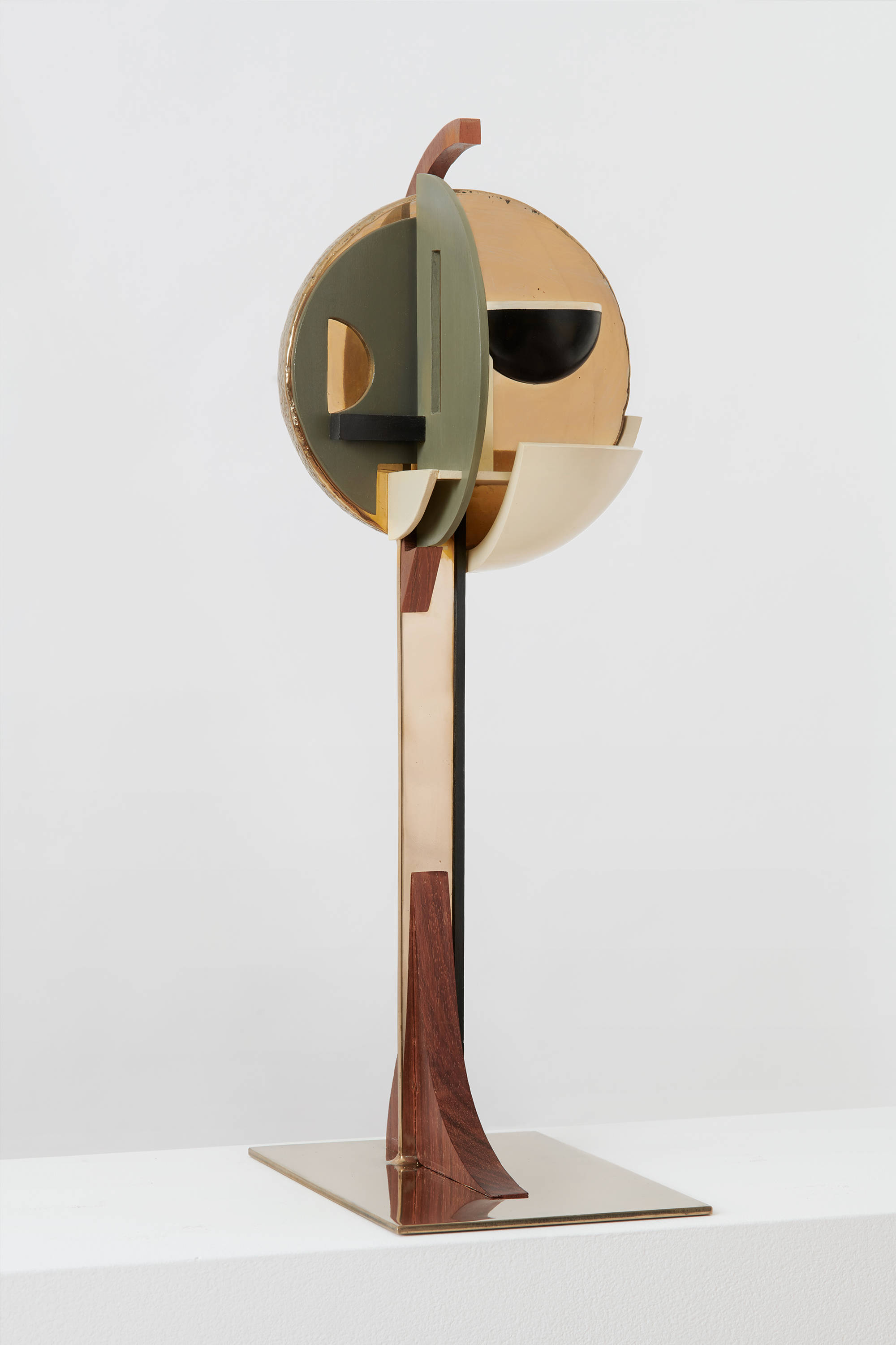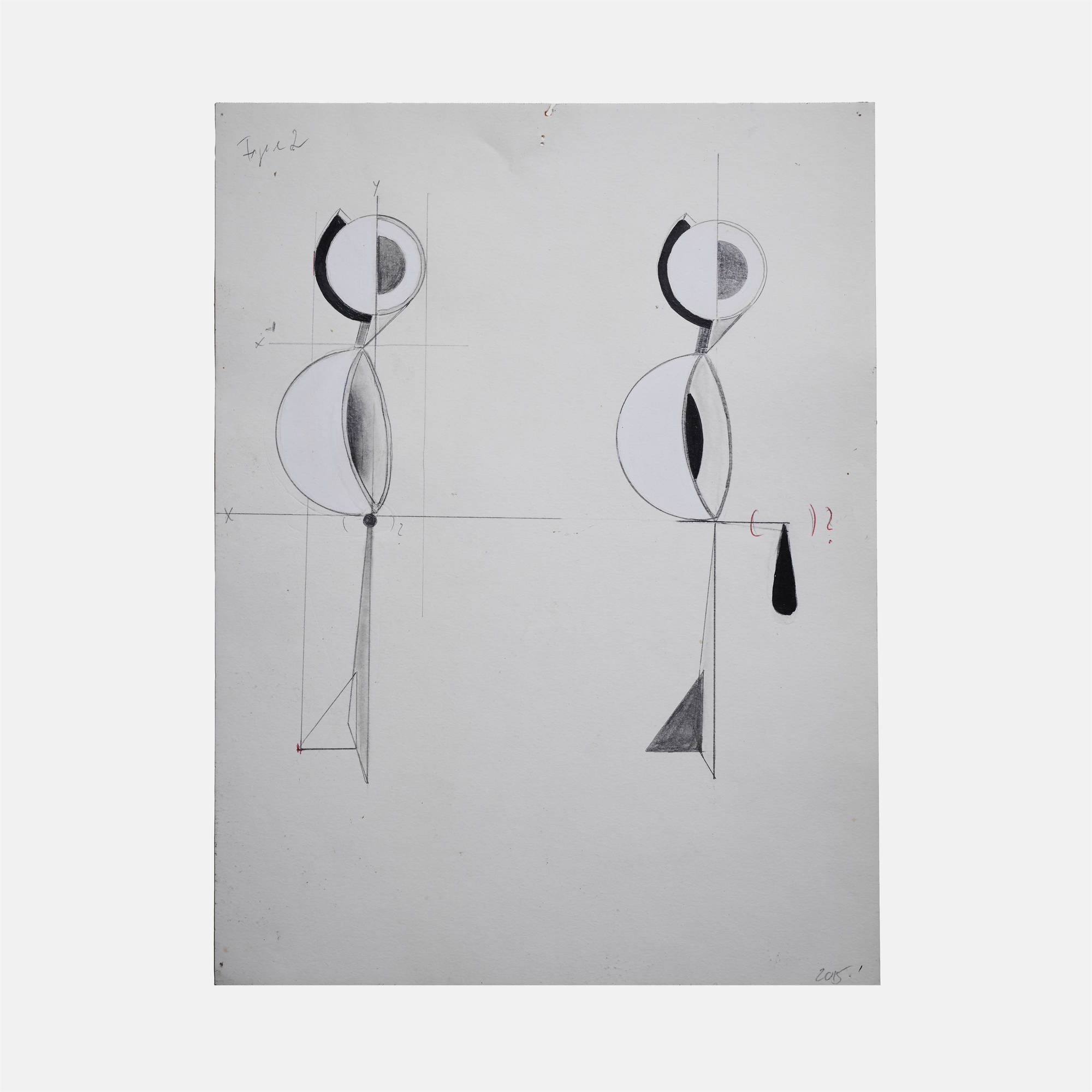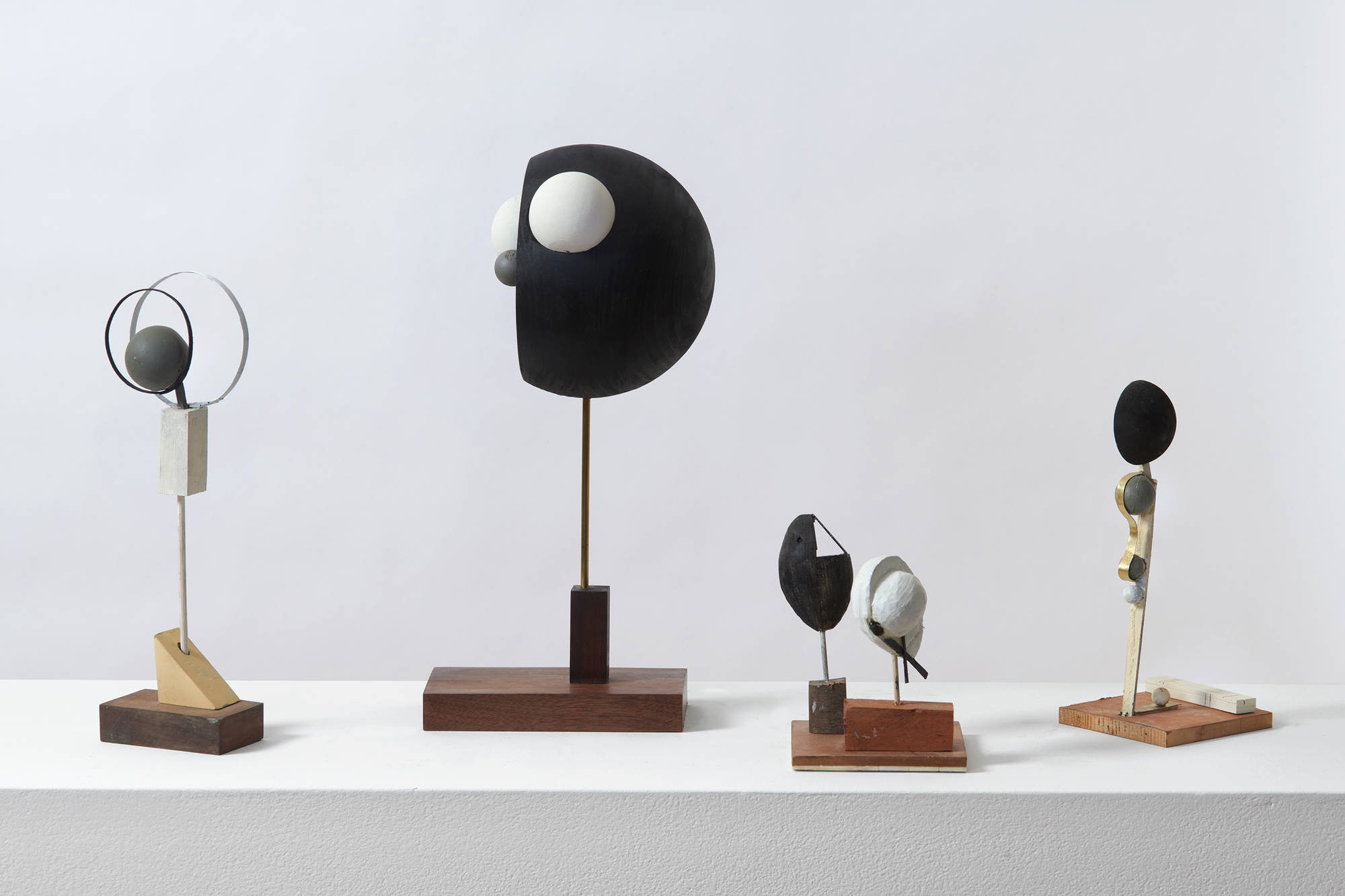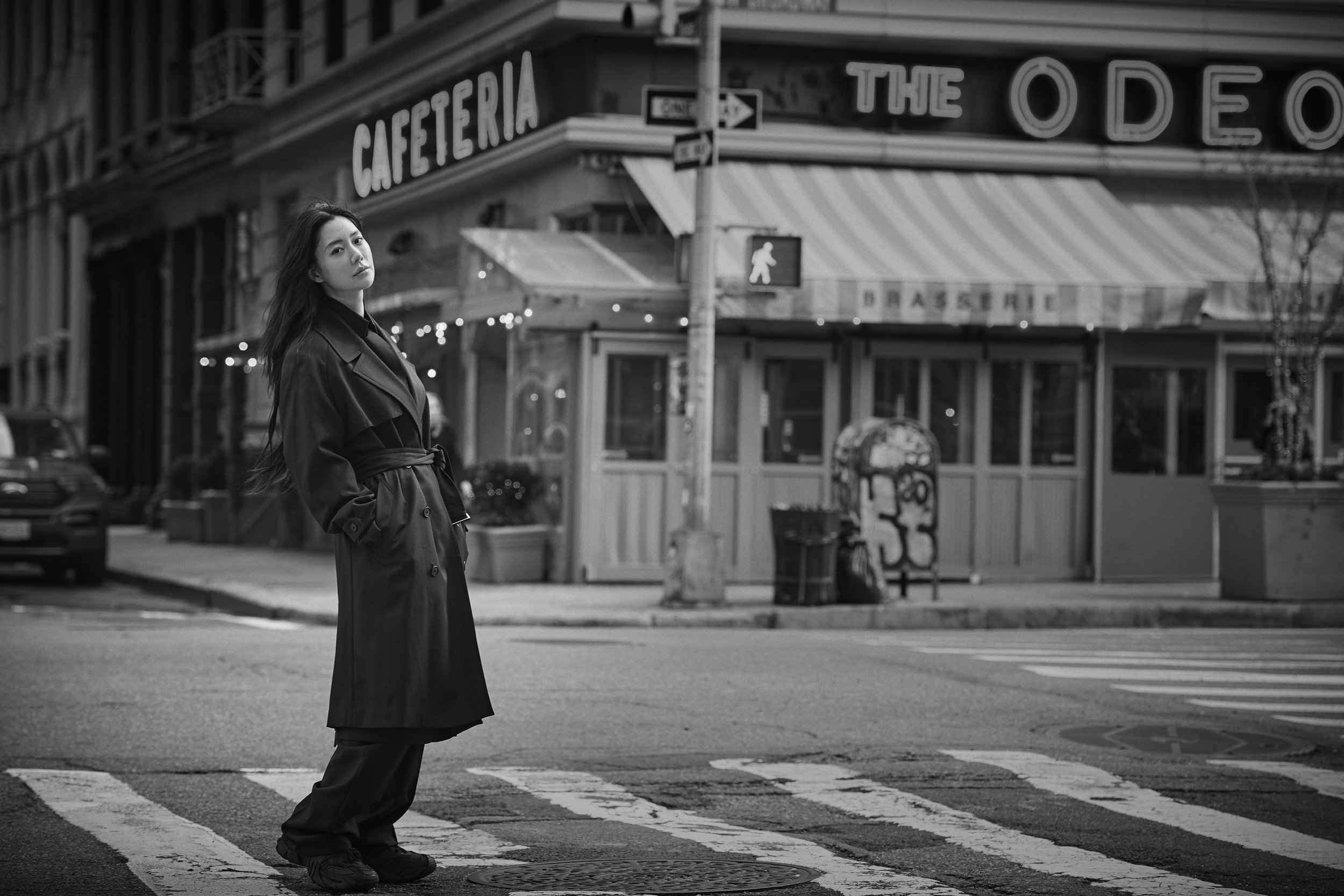Christina Kruse - Base & Balance
portrait and interview Dennis Golonka
Christina Kruse - Helwaser Gallery, May 30 - July 25th 2019
Base & Balance
above:artwork-Matrose, 2019 wood, oil, acrylic paint, metal, ink, wax and varnish 36x5.5x10.5 inches
The exhibition is Kruse’s newest body of sculptural work completed over the past two years, exhibiting the development of a new dimension to her artistic practice. The show builds on her previous body of works with the introduction of spatial dimension. The ongoing sculptural works reference geometry with homage to the human head and focus on construction. Kruse is a multi-disciplinary artist who has worked with photography, painting, video and sculpture. Kruse is a recipient of the GLAAD award for Best Emerging Artist in Photography (2005). Her works have been featured in solo and group exhibitions in New York, France, Austria, and Germany, amongst others.
Settled, 2019 Bronze, wood, and ink 59 x 18 x 23 inches
1 Do you remember your first job as a model?
I was in Arizona, living abroad for a year attending Cactus Shadow High School and I was asked to model a woman’s knitted sweaters. I was photographed in her clothes got paid 100 dollars and handed 2 sweaters, which I gave to my mom. I did not continue to model during my stay in Arizona but met with a model agent upon my return to Hamburg. Jill Sander was one of my first clients in Hamburg. I took modeling as a summer job and at the end of that first summer I was able to buy myself a car, a white Beetle. I thought, this is a good summer job! …and definitely the longest summer job I ever had.
2) If you didn’t begin modeling was there something else your 17 year self had been considering?
I wanted to be a theatrical special effects makeup artist. I applied everywhere and was turned down everywhere. My father had a good amount of journalist friends and they all said, she asks so many questions she would make a good journalist. So I began interning as a journalist. I worked at a tv station in Hamburg, I really enjoyed the editing process in the darkroom and the stories of the people we covered.
Controllable, 2018 Pencil, acrylic, charcoal, varnish on paper 9x9.5in.
3) In 95 you began your artistic journal…first entry read: It is 1:35 am and I am starting to glue my polaroids into this book. I would like to make a lot of pictures, an emotional diary in form of photography. Let’s see what else will come out of my head…What did your journals mean to you?
They started out as technical notebooks documenting how to light a photograph. I eventually took pictures of my friends but soon understood shooting my friends was too much pressure as their main concern was to be photographed beautifully. Which I wasn't looking for nor was I able to do that better than others, matter of fact I didn't really know what I was looking for at all just not that, that much I knew. So I began testing on myself. Eventually I was looking for ways to translate whatever I was thinking or to try to make some sense of the place I was in at the time. I felt a little misplaced and trying to figure out life as well. I really loved that somewhat secluded process and when an image came out the way I hoped for, it made me pretty happy for at least two weeks. Soon after, I started turning these polaroids and pages into collages and it became less about the photograph itself but more about the whole of the page. It was some sort of “internal leveling -yourself- process” by expressing it with whatever materials I had at hand, during that time a camera, paper and pencils.
4) You have said you relate to the minimalistic visual language, What draws you to it?
I like essential and elemental. I don’t like excess baggage and prefer basics and remove all that appears unnecessary to me, base it and balance it, leave what is not needed to stand up right or simply function. For me there is no need to add to that because that’s all I need to know, it gives me clarity of what it is, what I am dealing with. If I don’t know what that looks like, then I don’t have a true sense of the object or subject itself.
1/2, 2018 Wood, acrylic paint, lacquer, wax and varnish
5) You have stated that at one point you began to become more interested in the sets you were building for your photography than the actual photos, do you think this began your journey into sculpture?
I’ve always been interested in Sculpture. When I moved to NY I began taking figurative sculpture classes at The School of Visual Arts . Sculptures/or objects occupy a space in a room, quietly sitting there and they just are- they don't change and are their own clear constant. At one point, after building my own sets and watching set designers build their sets on photo shoots, I thought perhaps I should give that a try and began composing an email to Randall Peacock (Set Designer) somewhat applying for an internship, but I never sent it as I had already started to build my first few sculptures in my studio at the time. They were burlap heads and kept me well occupied for a while and were surely the start of the work I am doing now.
5) Your upcoming solo show, Base and Balance, opens May 30th at the Helwaser Gallery, Tell me a bit about it.
I set out to build portraits of something or someone ultimately, staying in the geometric field and keeping it as minimal as possible . Yet I wanted to give these pieces a sense of character through arrangement and surface treatment. Color comes into play but very restricted and as neutral as possible. The base being what each piece stands for and then balancing the necessary components to create the whole. The works relate, even though abstractly, to the construction and basic form of a three dimensional portrait. I wanted the pieces universally relatable but open to the viewer’s interpretation and providing grounds for associations.
Head 10, 2017 Ink, acrylic, wood, pencil, paper, tape on paper 10.75 x 8 in
6) How long to make the sculpture pieces?
It varies, I begin with a sketch. The process can take as little as 3 weeks or as many as 3-4 months. I made it a habit to bring them home from my studio to live with them for a few days or weeks until I figure out what is it that it wants or needs or if it is just right the way it is.
7) What is it like working with new materials such as cement?
I’m still figuring out cement, but I love that is is a man made material and to me it represents a wanted/ needed self configured solidity. Cement has a moment where it wants/ needs to be formed, once formed you’ve made your bed and now you have to lie in it. There is something very straight forward about it.
Man 1, 2016 Bronze, wood, acrylic paint and wax 22.15 x 9.75 x 6.75 inches
8) The show will also consist of some of your paper works. You have said in reference to your work with color, red is quite emotional, it cuts with precision, and yellow is unpredictable. In your works titled Controllable, A2C4 and Exit you have used red and yellow with the addition of blue, green and orange. What do these colors represent?
I always start with primary colors first. Blue is balanced, yellow is conflict and red is emotionally charged , so orange can be pleasant or the complete opposite— it is definitely loaded (to me) and green is just wonderfully open to be occupied or to be built upon.
9) Do you have a favorite piece in the show?
A piece that remains intriguing to me is Four Faced or 4/1 , it’s a small piece and I don't quiet know with whom I am dealing with but then that was the point. I also like the little color drawings, they are so unthought about, free and effortless to me. The sculptures are very contained and have settled into their momentary status quo so to speak, the color drawings are all over the place.
Figure 2, 2015 Ink, pencil, pen on paper 12 x 9 in.
10) You have stated that for many years art is something you’ve done largely for yourself. Are you still creating art for yourself or has commerce entered the equation?
The moment there is someone who sells something for you it is likely to be a commercial transaction. Commerce is such a loaded and partly unpleasant word to me, I quickly think of compromises or the word “ sell-able”. So if you are asking if I have reached a point to do that - no, and very unlikely I ever will.
I tried in my photography days to work as a commercial photographer and pretty much failed.
I tried the same in video and failed again, I tried it in print design making and knew after 3 jobs to stop. The only place I don't feel like I am failing ( the client or myself) is my studio.
Nothing will leave there that I am not comfortable with and compromise has no room in there.
11) Who are some of the artists who inspire you?
I very much enjoyed reading about Kandinsky’s path and the later change of philosophy with his work. Kazimir Malevich,for what he so boldly took on and Thomas Houseago’s and David Smith’ work, what is presented and how the works are created and constructed is just wonderful to me.
12) Can we have a hint of what’s next?
- Ceilings, floors, the in-between meets construction and construction site color codes.
- A party of four.
And—
Tolerance, something I have thought about for years and may just be able to take on after the above or so I very much hope, its been long enough on my mind.
Collection of miniature models
Helwaser Gallery 833 Madison Avenue Third Floor New York, NY 10021
